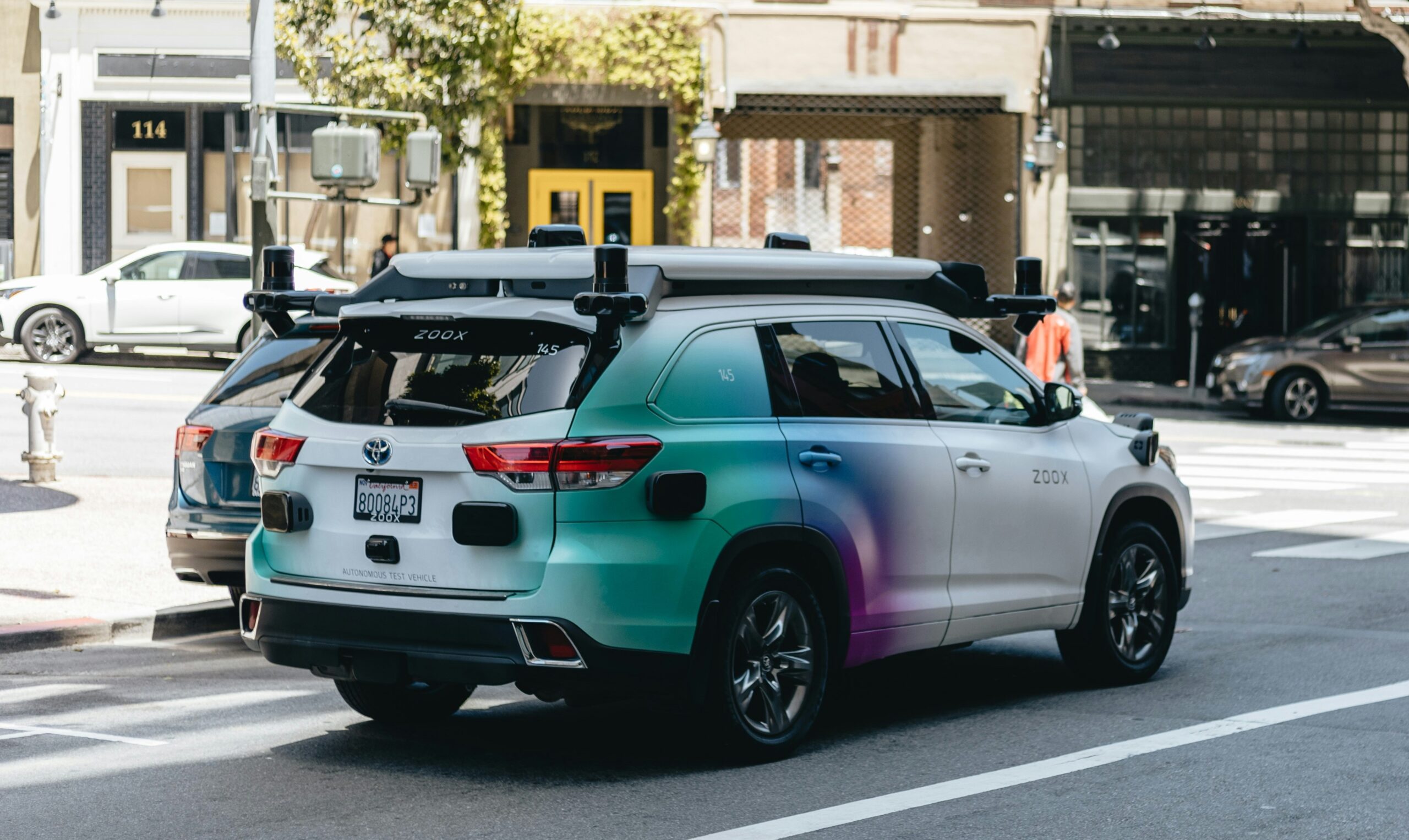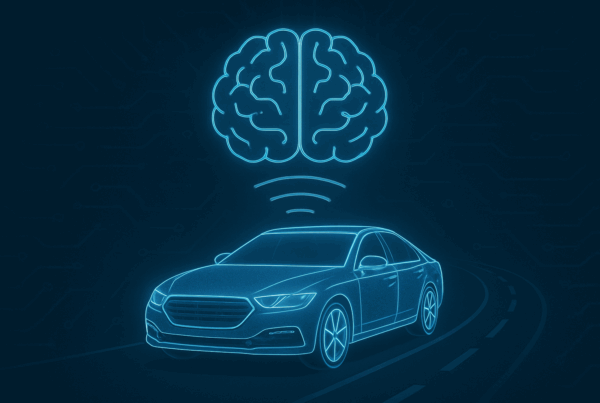ISO 26262 vs. ISO 21448 (SOTIF): How Functional Safety and AI Risk Management Are Evolving in 2025
The road to fully autonomous vehicles (AVs) isn’t just about making them work—it’s about making them safe. And not just safe in the traditional sense, where we worry about hardware failures or broken sensors, but safe in a world where AI plays a massive role in driving decisions.
That’s where ISO 26262 and ISO 21448 (SOTIF) come into play. These two safety standards are at the heart of how automakers and suppliers ensure AVs operate reliably, predictably, and without unintended consequences. But as we enter 2025, the way they are applied is evolving fast—because AVs are no longer just prototypes; they’re being deployed on public roads, and regulations are tightening across the board.
So, what’s changing? And how do OEMs and tech providers keep up while making sure their AVs meet the highest safety standards? Let’s break it down.
ISO 26262 vs. ISO 21448: What’s the Difference?
First, a quick refresher:
• ISO 26262 is the functional safety standard for vehicles. It focuses on ensuring that hardware and software components don’t fail in a way that creates danger. Think of it as the rulebook for designing safe systems that can detect and handle failures.
• ISO 21448 (SOTIF), on the other hand, looks at what happens when there’s no traditional failure, but the system still makes a mistake—like when an AI-powered perception system misidentifies an object or fails to react correctly to an unexpected scenario.
For traditional cars with driver-assist systems (ADAS), ISO 26262 was enough. But for autonomous vehicles that rely on AI-driven decision-making, ISO 21448 is becoming just as critical—because a perfectly functioning AV can still make unsafe decisions if it encounters an edge case it wasn’t trained for.
What’s Changing in 2025?
The biggest shift we’re seeing is that SOTIF is no longer just a “nice-to-have”—it’s becoming essential for real-world deployments. Here’s why:
- More Autonomous Vehicles Are Hitting the Road
o Companies like Zoox, Waymo, and others are expanding their robotaxi services.
o Automakers are launching Level 3 systems that allow for hands-off driving in specific conditions.
o Regulators are asking “How do we prove these systems are truly safe?” - AI is Playing a Bigger Role
o Advanced AI is now making split-second driving decisions, not just assisting human drivers.
o The industry is moving toward scenario-based safety testing—because we can’t predict every possible edge case.
o SOTIF compliance now requires AI explainability and real-world validation, not just simulation-based testing. - Regulations Are Catching Up
o The U.S. (NHTSA) is starting to align with SOTIF principles for self-driving system approvals.
o Europe (UNECE WP.29) is making software updates and AI-driven safety more accountable.
o China (MIIT) is putting strict real-world validation requirements in place for AVs.
How Automakers and Suppliers Are Adapting
So, how do companies bridge the gap between functional safety (ISO 26262) and AI risk management (ISO 21448)?
- Testing Beyond Failure Modes
o Instead of just testing for hardware/software breakdowns, companies are running millions of real-world driving scenarios to see where AI decision-making might fail.
o Digital twins and AI-driven simulations are being used to identify rare but critical safety risks. - Redundancy in Perception & Decision-Making
o AVs are being designed with backup AI models that kick in if the primary system struggles.
o Companies are using sensor fusion (LIDAR, cameras, radar, and HD maps) to cross-check decisions. - Continuous Safety Validation (Even After Deployment)
o Over-the-air (OTA) updates mean AV software is constantly evolving, so safety compliance can’t be a one-time thing.
o Regulators are pushing for post-deployment monitoring—which means AV companies need real-time safety tracking and AI auditing systems.
The Bottom Line
In 2025, functional safety isn’t just about preventing failures—it’s about making sure AVs don’t make bad decisions, even when everything is working as designed. That’s why ISO 21448 (SOTIF) is becoming just as important as ISO 26262.
For automakers, suppliers, and AI developers, this means:
✅ Moving beyond traditional fault-based safety analysis
✅ Adopting scenario-driven AI validation
✅ Ensuring regulatory compliance in multiple markets
✅ Building a real-time safety monitoring ecosystem
The big question for 2025 isn’t just “Are AVs safe?” but rather “How do we continuously prove they are safe in the real world?” Because at the end of the day, no matter how advanced the technology gets, trust in autonomous vehicles will come down to one thing: making sure they perform safely—every time, in every scenario.
If you are interested in making a move in the Functional Safety Industry or are looking for an expert to join your team, then please reach out to Dan at dcourtney@akkar.com







